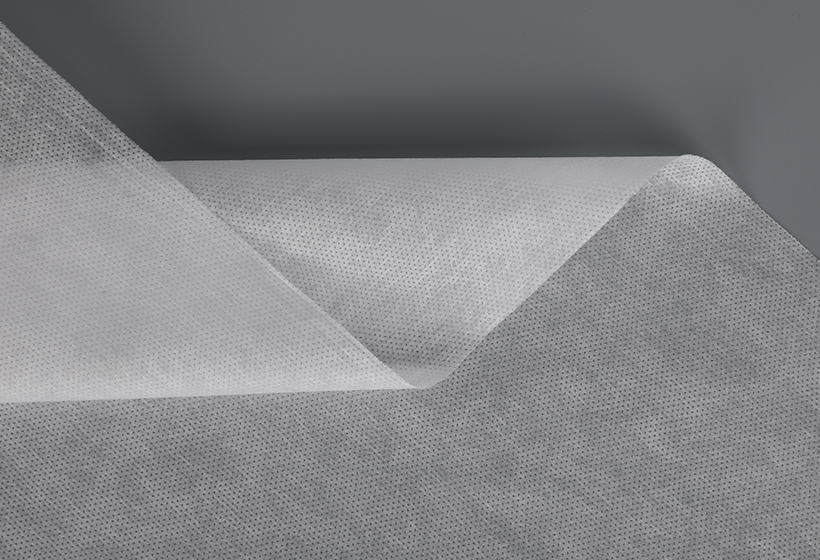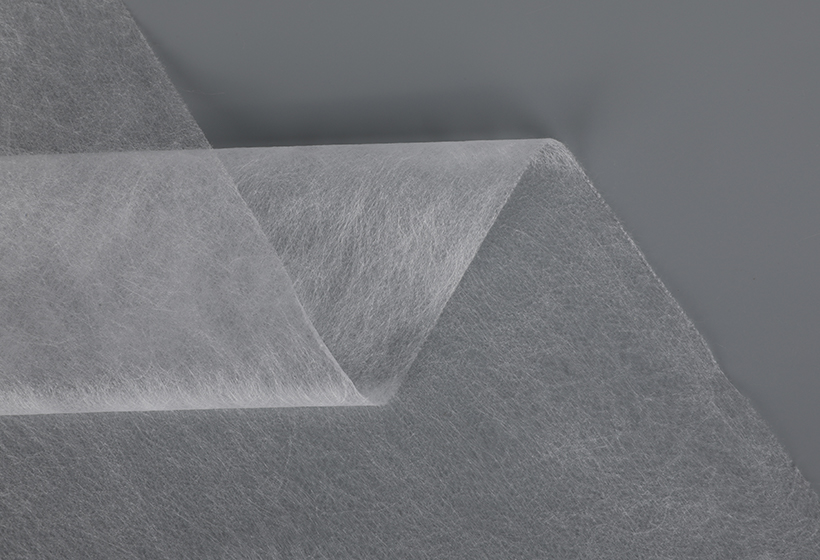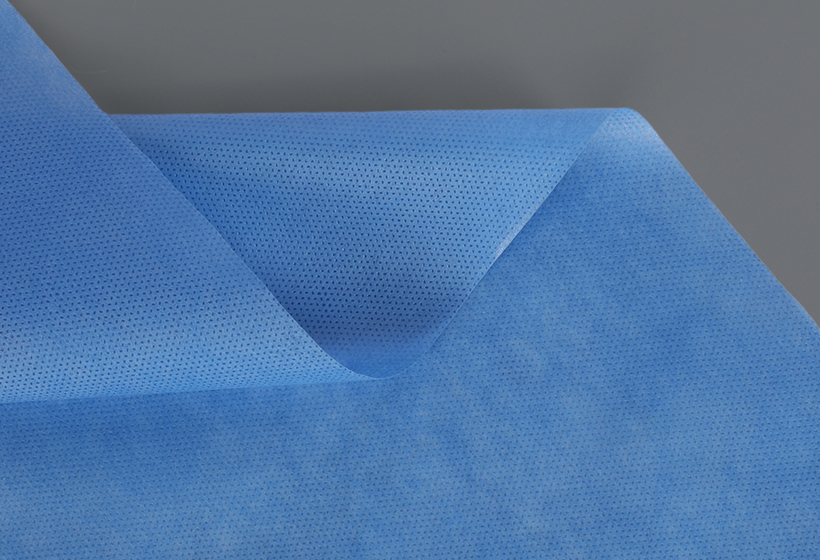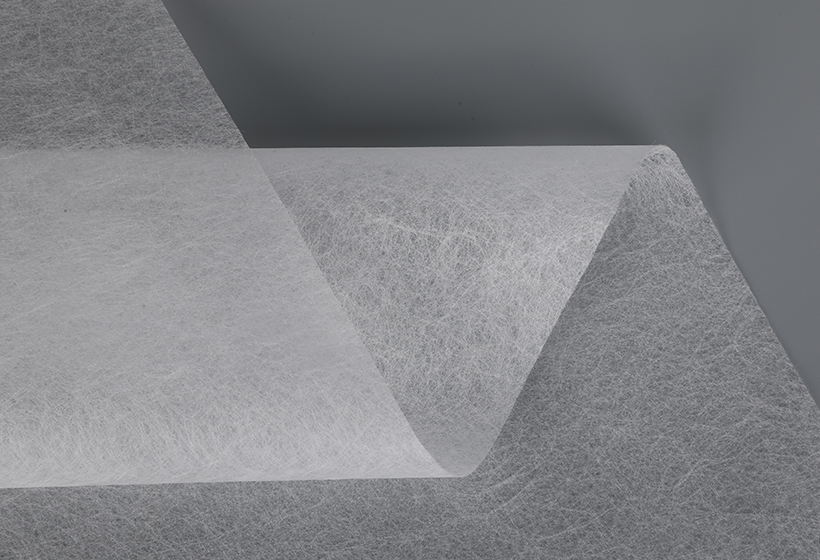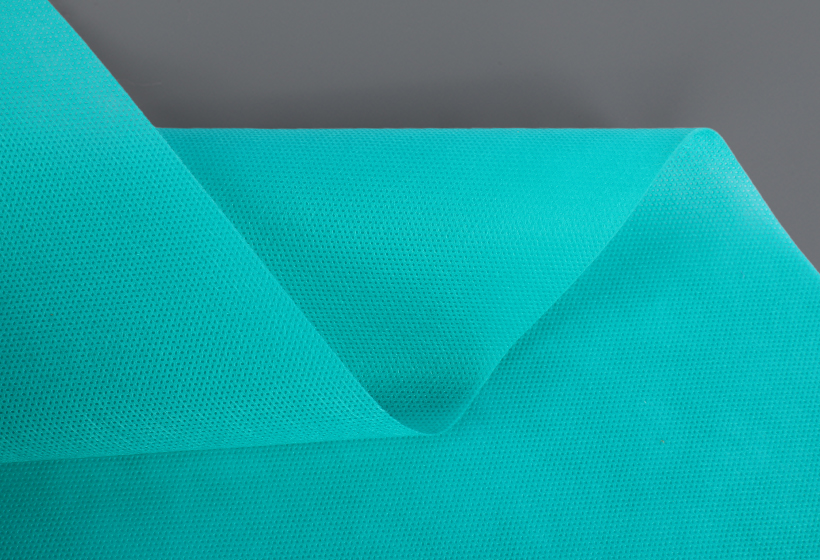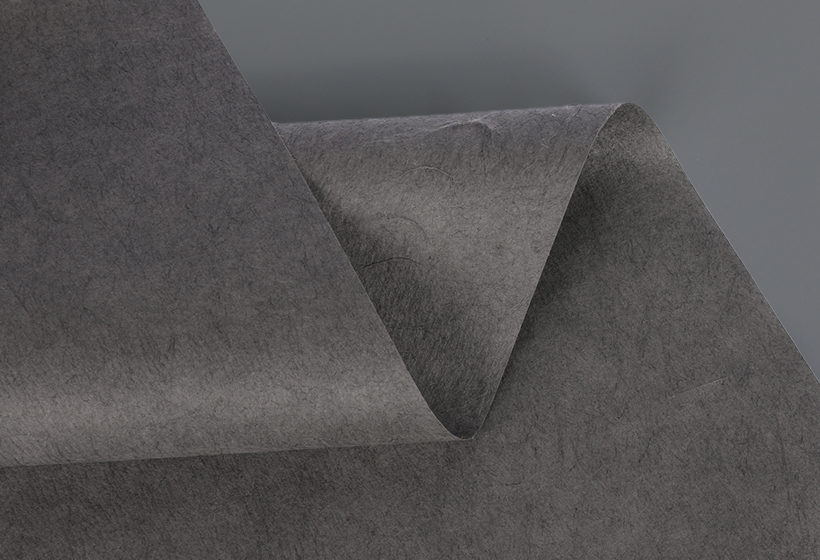The Benefits of Meltblown Non-Woven Fabrics
The development of meltblown non-woven technologies has progressed rapidly in recent years. In this article, we will review the manufacturing process and important parameters, discuss structure properties, and look at the practical applications of this technology. Here, we will also discuss the most important applications of meltblown non-woven technology. To better understand its potential, we have listed down several benefits of this technology. To learn more, read on.
Meltblown non-woven fabric production is a flowing water process. The raw material is usually polypropylene. The process produces a nonwoven fabric with high elasticity and good absorption properties. Once the fabric has been produced, it is wrapped onto a cardboard core in the winder unit. Once the fabric is completed, it is sold to converters, who use it to make filtration products, like coffee filters. Further, non-woven fabric can also be used as insulations and surgical masks.
Today, China is the leading producer of meltblown non-woven fabrics in the world. In 2018, China accounted for about 0.9% of global production of non-woven fabrics. This represents an enormous market gap. With more advanced technology and increased demand, meltblown non-woven fabrics are expected to gain even more attention. If they can successfully meet the needs of the medical industry, meltblown non-wovens will become a significant component of everyday life.
This non-woven fabric is an excellent oil absorbent. Its microfiber structure makes it an excellent material for oil spills. It has been used to absorb oil spills in the sea, on factory equipment, and in sewage treatment facilities. Further, it is also resistant to water and sewage. Regardless of the use for meltblown non-woven fabrics, they will perform well for you. So, whether you're looking for a durable, cost-effective material, look no further!
Polypropylene meltblown non-woven fabric has excellent oil-absorbing properties. The microfiber structure of this material means that it can absorb oil for long periods of time without fading or changing its warmth. Polypropylene meltblown non-woven fabric is water-extracting and mold-proof. Regardless of its size, it's the perfect material for protecting the environment. And, because it is water-repellent, it is highly recyclable.
Meltblown non-woven fabric is an important material for many products, from masks to wipe products. Meltblown non-woven fabrics have high filtration efficiency and can be cut and stitched with ease. Some types of meltblown fabric are even UV resistant. You can use these non-woven materials for air filtering, liquid absorbing, and heat insulation, among other uses. They are also a great way to absorb dirt and oil.
Meltblown non-woven fabric is a new method of manufacturing that uses high-speed hot air to stretch polymer trickle from a spinneret in a module. Once it's stretched, the polymer fiber is guided to a roller and then cooled off by an adhesive force. Unlike spinbond fabrics, meltblown non-woven fabric can be used for high-performance medical masks, air conditioning filters, and diapers.


 English
English Español
Español
